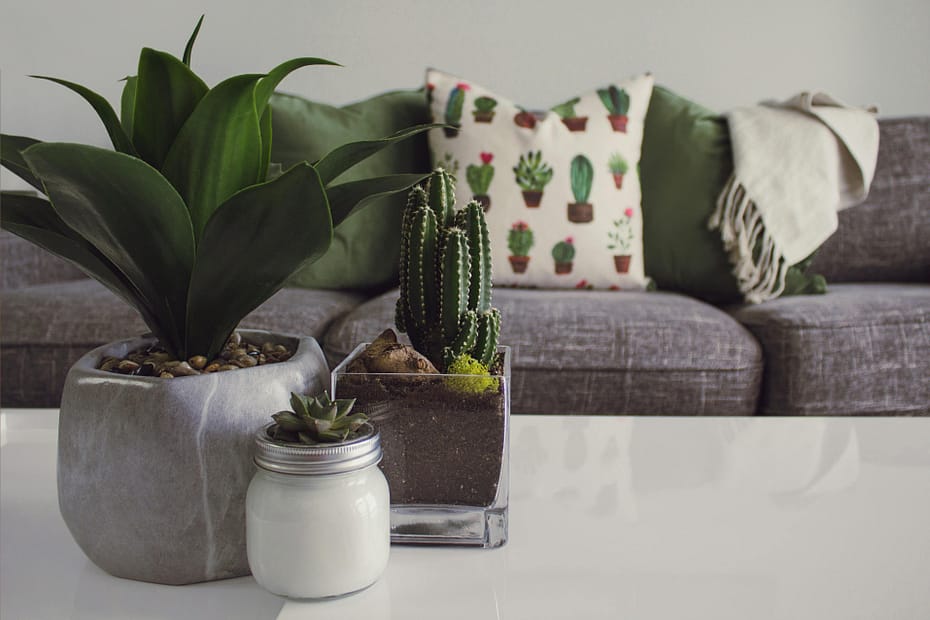Textiles play a crucial role in interior design, adding warmth, texture, and personality to a space. In this article, we will explore the significance of textiles in interior design and how they can be used to enhance comfort and aesthetics in residential and commercial spaces.
The Importance of Textiles:
Textiles offer several advantages in interior design:
1. Comfort:
Textiles such as rugs, upholstery, and curtains add softness and comfort to interior spaces, making them more inviting and comfortable to live and work in.
2. Aesthetics:
Textiles add color, pattern, and texture to a space, enhancing its visual appeal and creating a cohesive and harmonious interior design scheme.
3. Acoustics:
Textiles help to absorb sound and reduce noise levels in interior spaces, creating a more peaceful and tranquil environment.
4. Versatility:
Textiles are incredibly versatile and can be used in various ways, from creating focal points to dividing spaces and adding privacy.
Incorporating Textiles in Interior Design:
Incorporating textiles into interior design involves:
1. Choosing the Right Fabrics:
Selecting fabrics that are appropriate for the intended use and style of the space. Consider factors such as durability, color, pattern, and texture when choosing textiles for upholstery, curtains, and cushions.
2. Layering Textiles:
Layering different textiles adds depth and visual interest to a space. Mix and match fabrics with different textures and patterns to create a dynamic and inviting interior design scheme.
3. Adding Soft Furnishings:
Soft furnishings such as rugs, throws, and cushions add warmth and comfort to interior spaces. Choose textiles that complement the overall design scheme and add a sense of coziness and homeliness.
4. Creating Visual Interest:
Use textiles to create visual interest and focal points in a space. Incorporate bold patterns, vibrant colors, or luxurious textures to draw the eye and add personality to the room.
Case Study: The Cozy Living Room
The Cozy Living Room is an excellent example of the incorporation of textiles in interior design. Featuring plush sofas, a soft rug, and an array of cushions and throws, the living room creates a warm and inviting space that is perfect for relaxation and entertainment.
Conclusion:
Textiles play a crucial role in interior design, adding comfort, aesthetics, and personality to a space. By incorporating textiles into interior design and choosing the right fabrics, layering textiles, adding soft furnishings, and creating visual interest, designers can create interior spaces that are not only beautiful but also comfortable, inviting, and reflective of the occupants’ style and personality.
More on INJ Architects:

